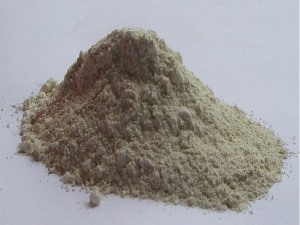- 04
- Nov
The whole process of refractory lining of intermediate frequency furnace has many steps
The whole process of refractory lining of intermediate frequency furnace has many steps
The entire process of the refractory lining of the intermediate frequency furnace has many steps, and the knotting is some of the more important processes. And the knotting process can also affect the service life of the furnace. The refractory furnace lining is made of silicon carbide, graphite, electric calcined anthracite as raw materials, mixed with a variety of ultra-fine powder additives, and fused cement or composite resin as a binder made of bulk material. It is used to fill the gap between the furnace cooling equipment and the masonry or the filler for the masonry leveling layer. Refractory lining has good chemical stability, erosion resistance, abrasion resistance, shedding resistance, and heat shock resistance. It is widely used in metallurgy, building materials, non-ferrous metal smelting, chemical, machinery and other manufacturing industries. What should we pay attention to during the knotting process Can we ensure that the service life of the furnace is not affected?
First of all, the more basic is of course a standardized operation process, but in addition to this, there are many precautions besides the knotting process of the refractory lining of the intermediate frequency furnace. For example, to ensure that the power supply and the water supply system are perfect before knotting, it is also necessary to pass the staff on the various projects in advance to make preparations in advance. Of course, it also includes the prohibition of staff from carrying any combustibles to the work site, and of course some items such as mobile phones and keys.
The second point is that the process of adding sand to the refractory lining of the intermediate frequency furnace is a more stringent process. For example, the sand must be added at one time and should not be increased in stages. Of course, when adding sand, ensure that the sand is flat on the bottom of the furnace. , Can not be piled up in a pile, otherwise it will cause the size of the sand particles to separate.
The third point is that when the knot is tied, the production should be operated according to the method of shaking first and then shaking. And pay attention to the technique, to ensure that the operation process should be light and then heavy. And the joystick must be inserted to the bottom once, and every time the stick is inserted, it must be shaken eight to ten times.

